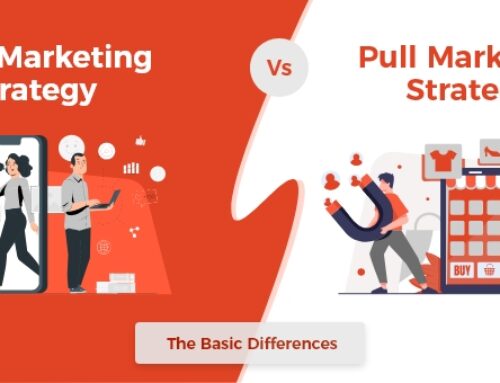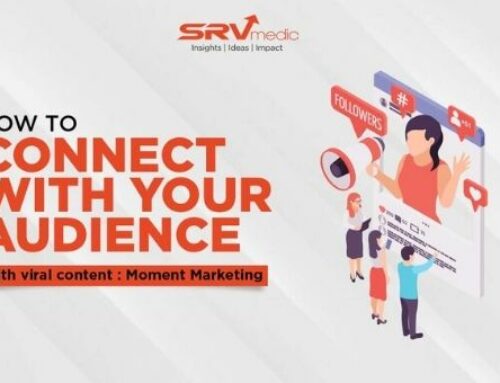How to effectively write for your audience

Google and educational content are synonymous with each other. People search their queries on Google, hoping to find blog posts or other content forms that can address it. As a result, brands are resorting to content marketing by focusing on the distribution of valuable content to a niche audience. The higher the content’s educational value, the better it will rank on Google. It helps them drive a profitable action through it and lead to brand loyalty, brand awareness, lead generation and much more. If you’re willing to write effectively for your targeted audiences, you must prioritize the most competitive SEO content strategy for your business from now onwards. Then only your brand might stand alone from the rest in popular search engine results.
So, given the plethora of content for each topic on Google, how does your brand stand out? The answer lies in effective writing for the audience. From addressing their pain points to connecting with them, let’s uncover every aspect in detail.
1. Know your audience
It is essential to identify a group of people with whom your content will resonate. That group becomes your target audience, for whom you will plan to write the best possible content. The planning includes structuring of your article, deciding on the difficulty level of your language, and the information you use to address their pain points. For example, if you aim to introduce an MBA programme to the IT students, create content that highlights the programme’s benefits to these students. Such a digital content strategy will help you to reach out to your targeted audiences easily. If your strategy is good, you can always expect to generate convertible leads for your business.
Moreover, you can create content based on the demographics of the audience. For example, research on smartphone users found that millennials grasp information quickly than gen X users. However, gen X users have a longer attention span than millennials. Therefore, it makes sense to create content types such as an infographic for millennials, where they can get a lot of information in a shorter span. For gen X users, they are more suitable for long-form content, as it requires concentration and a larger attention span to read. That’s possible only when you have a planned content strategy for digital marketing for your business.
2. Create a connection
Upon identifying your target audience, the next step is to build a personal connection with them. Here’s how you do that –
- Construct a persona
Constructing a fictional persona will give you a better understanding of your audience’s needs and desires. It will also help you gain insights about their daily lives, by which you can empathize and relate to your audience’s pain points.
So how do you create a persona? You must first establish a demographic status. It consists of age, gender, location, income, education, family and interests. Furthermore, you can also measure the goals, fears, and challenges of the customer. You gain this information based on research and data.
- Be helpful
The primary purpose of content marketing is to create content that educates your audience and transforms their lives for the better. Therefore, always look to research to come up with as much unique content you can. Your efforts will garner appreciation in the form of website traffic and reader loyalty. Plus, Google rewards websites that promote high quality and original content by ranking them up.
- Make it vivid
While the primary objective of the article is to provide the information your readers, don’t hesitate to add a personal touch. It could be in the form of sharing personal stories, images or videos or writing in a conversational way. It will make your content engaging and foster a personal relationship with your readers.
You can make your content more vivid by using proverbs, quotes or popular phrases in your opening para. It catches the reader’s attention and glues them for the rest of the article. You can also use similes and metaphors as examples to make the piece more engaging. It will give the audience a better conceptual understanding.
3. Be an expert in your domain
When you’re writing content for a specific niche, it should be worth your salt. Since your readers have a general idea about the subject, they should feel they are reading content from a credible source. Anything short of that will leave a negative impression on their minds.
But, it is plausible not to know everything about a particular domain. There is always room to learn more. In that case, perform general research about your niche. Find out the type of content out there, the latest developments in your domain and the possible audience pain-points you can address. You should also reach out to industry experts, interview them and share this invaluable experience with your readers. These methods will help you generate new content on a daily basis. Your blog will thus become an authority in your niche.
4. Avoid grammatical mistakes
All your effort in researching and writing your content will go to vain if you make grammatical mistakes in your writeup. It will hurt your credibility as a writer and make your content harder to read. Plus, Google may de-rank your content, citing poor quality. Therefore, avoid that by eliminating these commonly-made grammatical mistakes –
- Misusing apostrophes (e.g. – ‘it is’ is written as it’s and not its)
- Excessive use of commas
- Capitalization
- Spelling mistakes
You can always correct these mistakes by proofreading your content on websites such as Grammarly and Hemmingway. With these content marketing management tools you can always raise the readability score of your content, by making it look much more convincing for your readers.
5. Choose your words wisely
Communication is an essential facet of content marketing. Your writing style decides the tone and purpose of your article. The language you use should be clear, objective and unambiguous. The key is to not complicate things by using jargons, technical terms and abbreviations your readers will find it challenging to comprehend. There is no need to embellish your language when a plain but direct style can do the trick.
To implement this nuanced way of writing, you must keep the following aspects in your mind –
- Use simple words and phrases.
Always try using commonly used words over the ones that are unheard or obscure. For example, you can use give instead of disseminating or count over enumerate. It will put your point across in a simplistic but effective manner.
- Make it less wordy
Try to keep your sentence less than 30 words. The shorter the sentence, the easier it becomes to read. To make the sentence less wordy, try avoiding hidden verbs. Hidden verbs are those verbs that convert to a noun by adding a -tion, -ment, or -ance at the end.
For example, suggest is a verb, which becomes a noun on by adding a -tion to it, i.e suggestion. Now let’s use it in a sentence – Kindly give me a suggestion on buying a mobile phone. It is longer than this sentence – Kindly suggest me on buying a mobile phone.
- Avoid jargons
Jargons unnecessarily complicate your article for your readers. For example, positive-pressure ventilatory support is jargon for a respirator. It is easy to say which word makes the article more comfortable to read. However, if it is necessary to use jargon, provide a bit of context to it. It will give your readers a general idea about the meaning of the jargon.
- Minimize abbreviations and definitions
The reason for introducing abbreviations was to shorten long phrases. However, the increasing number of acronyms has only lead to more confusion amongst online readers. Therefore, try to minimize the number of abbreviations in your article. Even if you use them, make sure to mention the full form at least once in your article. It will help your readers to keep track of your abbreviations.
A similar logic applies to definitions. Most definitions consist of legal terms which might appear obscure for an average reader. Hence, instead of using definitions, rewrite it by mentioning its core idea in a simple but effective language.
By using these tips, you can effectively write about topics you are passionate about for your audience. These content pieces will help bring traffic to your website via your blog; in the present and future. If you’re willing to create rich and high value content for your existing business, you may get in touch with a professional content marketing company like SRV Media to create branding content as well.
General Content Marketing FAQ’s
1. How does content marketing strategy impact business goals?
Consumers come across anywhere from 4000 to 10,000 ads every day. This overabundance of marketing messages has resulted in consumers sparing hardly any attention to most advertisements. A good content marketing strategy can elevate your brand above all the noise and can fuel customer engagement, generate leads, and build trust.
2. What are the best ways to do Content Marketing?
Content marketing usually falls under a more comprehensive inbound marketing strategy. Therefore, the right methods to use may differ from brand to brand. However, there are a few standard content formats that can be modified to suit particular goals such as lead magnets, videos, webinars, email newsletters, among others. By reaching out to a professional content marketing company in Pune or anywhere else in India, you can always implement a competitive content marketing strategy for your business.
3. How does content marketing actually work?
Content marketing uses editorial, graphics and video to attract, inform and engage a target audience. Rather than pushing products or special offers, content marketing works by offering high-quality, targeted material that is first and foremost helpful and useful.
4. What are the best tools to use for content marketing?
No content marketing tool can replace the need for a good strategy and talented human resource. However, they can help get the job done faster, smoother, and more efficiently. Some of the best tools are HubSpot, WordPress, Google Docs, Yoast, Buzzsumo, Ahrefs, Google Analytics, among others.












